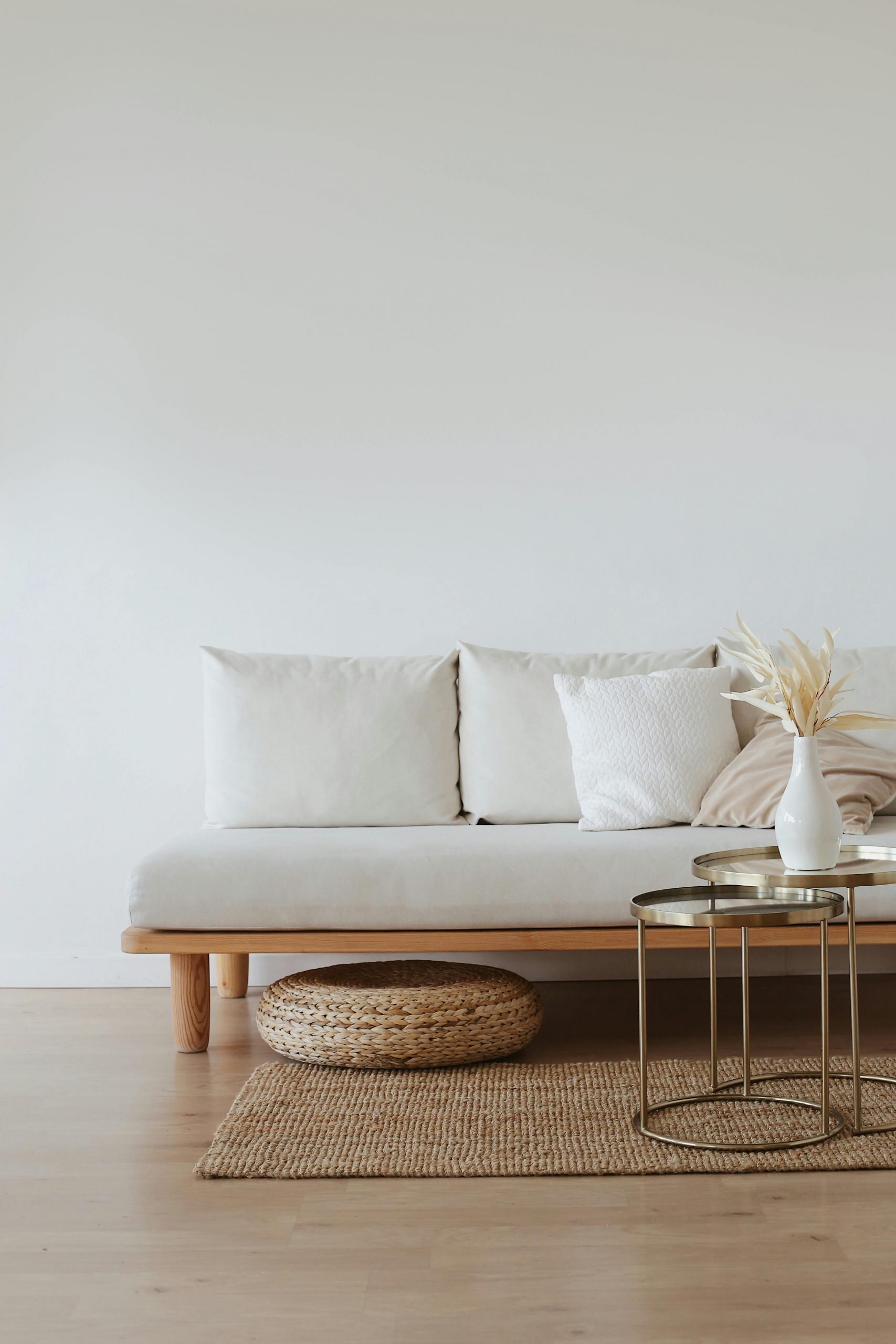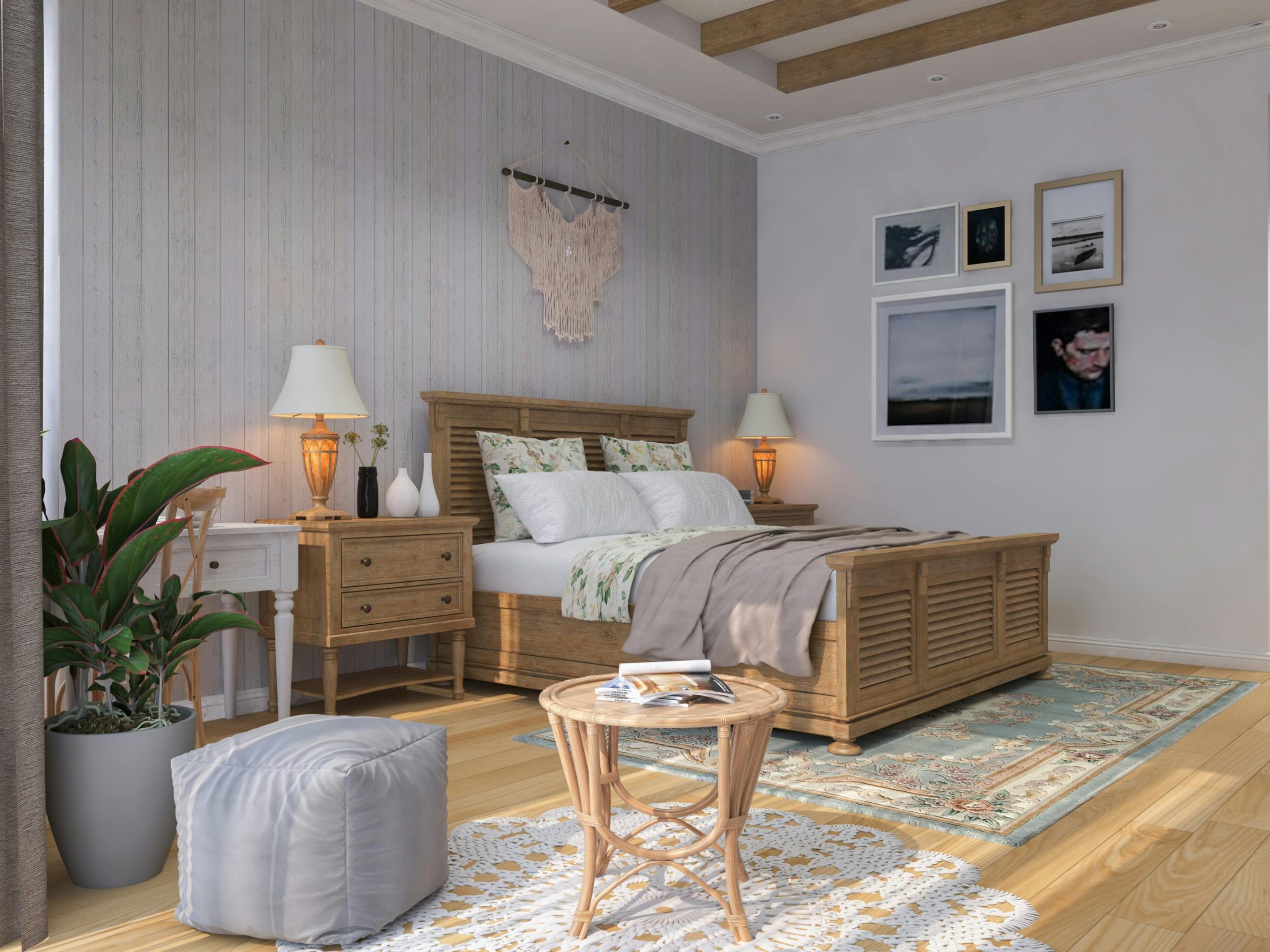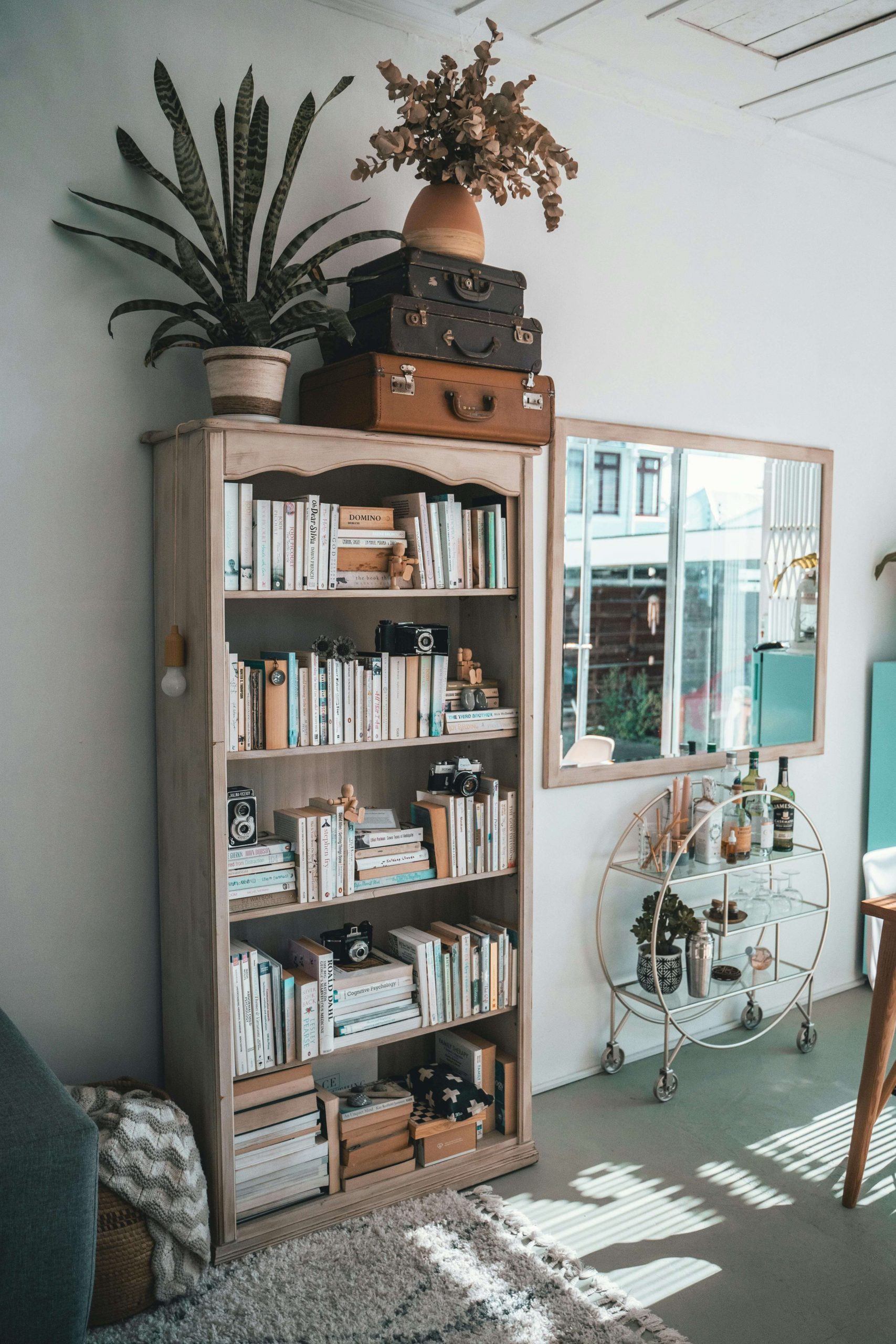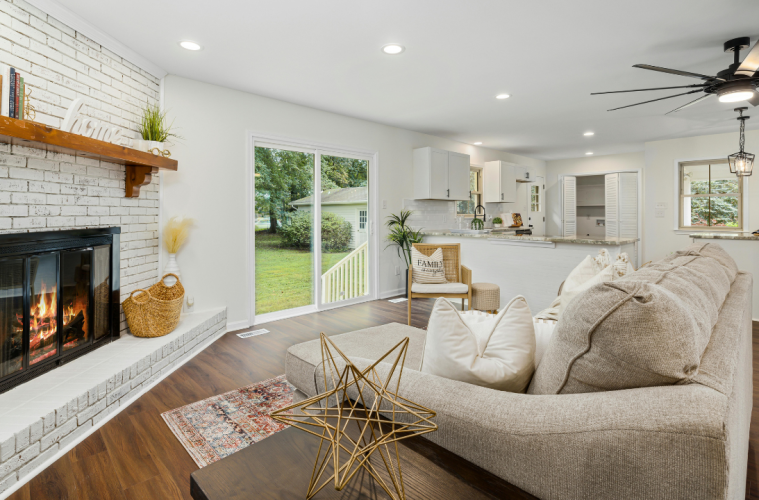We all want a home that is not only beautiful and comfortable but also a true reflection of our personal style. Whether you’re setting up a new space or enhancing your current one, the urge to rush to the final reveal can be strong. However, there’s a rewarding approach called “slow decorating” that encourages you to carefully think about each decision and enjoy the process.
Let’s explore what slow decorating is and get some expert tips on how to practice it in your home.
What is slow decorating?
Slow decorating is the mindful approach to home design. According to an article in Martha Stewart Living, Gabriela Eisenhart, founder of Silo Studios, explains, “It’s all about curation and sustainable methods, rather than rushing to finish. It’s a satisfying journey that requires patience and intention.” Bethany Adams, an interior designer, adds, “Even clients eager to finish quickly realise that thoughtful conversations about their lifestyle and preferences are essential to creating a truly personalised space.”

Pexels
Tips for slow decorating your home
Slow decorating has gained popularity, especially after the pandemic, as people seek to create soulful, collected homes. Here are some expert tips to guide you through this thoughtful approach to home design.
Enjoy the process
While instant gratification is tempting, the journey of designing your home is where the real joy lies. Lauren Sullivan of Well x Design shares, “The best interiors tell a story and evolve over time. The search for that special piece can be incredibly gratifying and makes the item even more cherished.”
Assess your home’s architecture
Before diving into decorating, consider your home’s architectural style. Bethany Adams advises, “Look at your home’s features like arched doorways, high ceilings, or beautiful woodwork. Your decor should complement and enhance these elements.”
Assemble the basics
Start with essential furnishings that meet your daily needs, such as a bed, dining table, chairs, living room seating, rugs, and lighting. Focusing on function first is important, according to Viki Chupik, another interior designer, identifying the must-have pieces for your daily activities and building from there is a great step.

Unsplash
Consider what you already own
Most of us have items we love and want to keep. Bethany Adams recommends taking stock of these pieces: “Determine which items are keepers and what colours and textures you’re drawn to. This will guide you in selecting new pieces that complement your existing ones.”
Shop with purpose
Once you know what you need, prioritise quality over quantity. Invest in quality, natural materials for larger furniture pieces. These items will last longer and add more character to your home.
Know when to splurge and when to save
There are no strict rules on when to splurge, but Gabriela Eisenhart suggests, “Invest in high-impact items like upholstered furniture, art, and rugs. Save on tables and smaller accent pieces.”
Support local makers and craftspeople
Shopping locally not only supports artisans but also adds unique, handmade items to your home. Handcrafted items bring a special touch and create a dynamic, interesting space.
Don’t forget vintage
Incorporating vintage furniture can give your home a layered, timeless feel. “Vintage treasures find you,” says Bethany Adams. “When you discover a piece you love, get it right away—it might not be there later!”

Pexels
Slow decorating is about creating a home that reflects your style and evolves with you over time. By being mindful and intentional with each decision, you can build a space that is uniquely yours, filled with character and soul. Enjoy the journey, and let your home tell your story.
ALSO SEE: Slow living: The case for mindful outdoor spaces
Feature image: Pexels

